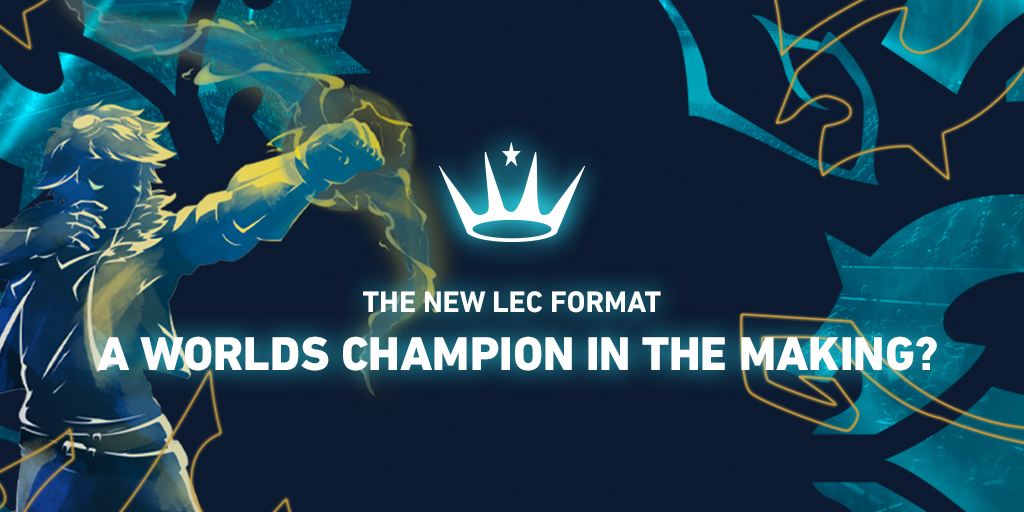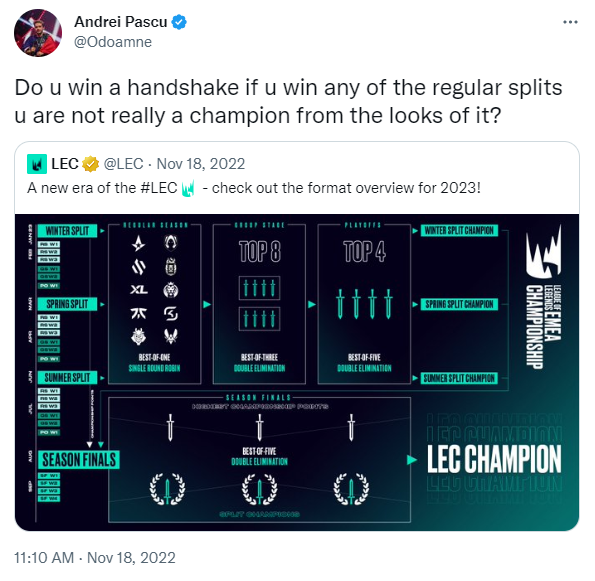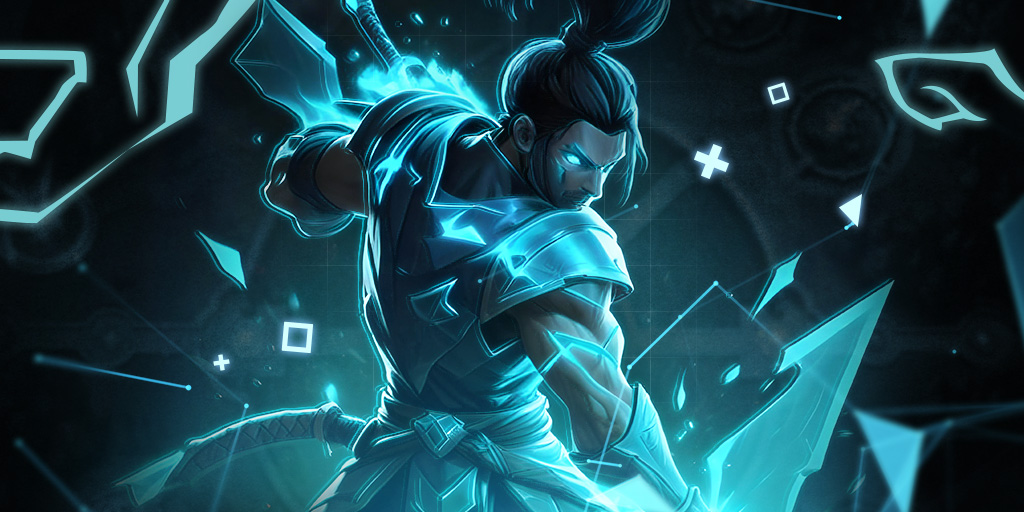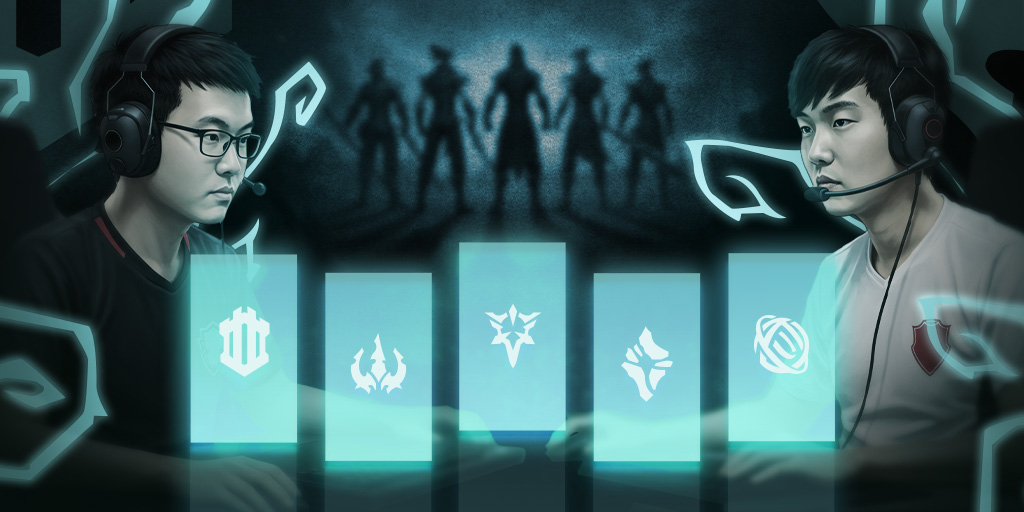Eleven years of hurt, but that never stopped fans dreaming. Despite multiple final appearances, the LEC is still waiting for its first taste of World Championship (Worlds) glory - sorry Fnatic fans, Season 1 doesn’t count and you know it.
After G2 Esports’ infamous 2019 roster won the Mid-Season Invitational and took down SKT to reach the Worlds final on home soil, it felt like the region’s time had finally come. Yet, the trophy escaped their grasp – thanks to a brutal 3-0 loss to FunPlus Phoenix – and has seemingly moved further out of reach as the years have passed.
Considering no LEC team has made it further than the Worlds quarter-finals in the last two years, change was needed and Riot Games have provided that in spades.
Taking the approach that ‘more is more’, the LEC has expanded in almost every direction. Europe is now joined by Turkey, CIS, the Middle East, and Africa to create the EMEA.
But the biggest change is that far more games will be played thanks to a new format that will see LEC teams regularly compete in best-of-three and best-of-five matches.
Fans believe that this critical extra competition and practice will put LEC teams on a more even playing field with LPL and LCK teams. But will it actually help an EMEA team lift the Summoner’s Cup?
Experience. Experiments. Exposed.
Let’s get the obvious point out of the way; playing more games should directly cause teams to improve. Rookies will get more experience while teams will get more opportunities to experiment and detect weaknesses they need to address. Perhaps there will be even more roster changes now that there are three splits in the year.
However, quantity is pointless without quality. Fortunately for LEC fans, this is where the new format really shines. Each spit begins with three weeks of best-of-one matches where every team will play each other once and then the bottom two teams are immediately eliminated.
Elimination at this stage will be disastrous for any organisation as its squad won’t be able to play on stage for the next two months. No multi-series practice, no competitive environment to compete in, and no screen time for their sponsors.
With that in mind, there should be more pressure on teams in each match. Every team is incentivised to be competitive, as no organisation will be able to field an extremely poor roster and attempt to coast for the entire year without facing heavy repercussions.
- Read: LEC Winter Split Preview
As former Fnatic coach Jakob “YamatoCannon” Mebdi pointed out, this format “is going to give us the power of relegation without there being a relegation.”
Yet, he also pointed out that this first stage is where upsets are most likely to occur and could lead to really unbalanced groups in the next stage, saying: “If there’s a situation where G2 or the big teams start off slow, we might be in a situation where we have very uneven groups and that is going to make playoffs look very strange.”
We could also be looking at unbalanced games in the latter two splits depending on how the Winter split champions react to having a guaranteed spot at the LEC finals at the end of the year. With three splits, it’s entirely possible they take their foot off the gas and choose to experiment with different strategies or just relax considering that burnout is now a much stronger possibility.
Plus, there’s a sentiment shared amongst many, including Top-laner Andrei “Odoamne” Pascu, that there will only be one true LEC champion this year which will diminish the value of the three playoff titles.
Although, the Spring split has the added incentive of two spots at MSI up for grabs, thanks to its own format changes, and it can be assumed that most teams will want to remain sharp during the Summer split ahead of the final event.
Essentially though, this all entirely depends on how each team reacts to these changes.
Culture shift
No matter how good the new format is, a team’s culture is going to be massively influential.
The opportunity is there – this format will allow for a year of very competitive and challenging series that will push every team to better themselves. However, as has happened in the past, if some don’t take scrims seriously or if solo queue on EUW is a mess then it will become increasingly difficult for top players from the EMEA to match the high standards that Chinese and Korean teams consistently set.
PC gaming is embedded in South Korean culture. PC bangs are wildly popular with the country’s teenage population and esports stars in South Korea and many other parts of Asia are huge celebrities. For example, when the LPL’s EDward Gaming won Worlds in 2021, there were scenes across China that were staggeringly reminiscent of Buenos Aires when Lionel Messi lifted the World Cup trophy for Argentina last year.
Europe has a long way to go to catch up to that – there probably won’t be a street party under the Eiffiel Tower if Fnatic win Worlds this year.
But speaking of culture, a huge part of the LEC’s previous success has been the region’s ability to develop rookies. The European – now EMEA – Masters has boosted that massively with more exposure for those up-and-coming talents. How the addition of more regional leagues, including Turkey, will impact that remains to be seen.
On the one hand, it should mean an easier path for players from the former wildcard regions to find their way into the LEC. However, the lack of a Worlds spot could kill the appeal many players saw in these leagues and the hype around their own competitions, and this could lead to them producing fewer stars. For example, Turkey’s TCL is where superstars such as Rasmus “Caps” Winther and Gabriël "Bwipo" Rau began their careers.
And after those stars develop, the next struggle for the LEC is holding onto them. With the huge amounts of money that LCS teams have been able to offer, that has seen a huge influx of European players moving to the United States in the last few years.
If the new LEC format does prove to be a big hit and the LCS’s bold move to midday, weekday matches doesn’t pay off, EMEA might gain extra leverage to help keep their gems and field stronger rosters as a result.
Overall, the new LEC format is incredibly exciting. While it is only a small piece of a much larger picture, these changes certainly should make the LEC a force to be reckoned with on the international stage once more.
Worlds 2023 might come too soon but there’s no doubt about the potential that's waiting to be unlocked. With the new system, the opportunity is there to pull the Summoner’s Cup back within the LEC's reach.
Now it’s up to the players to make it count.




